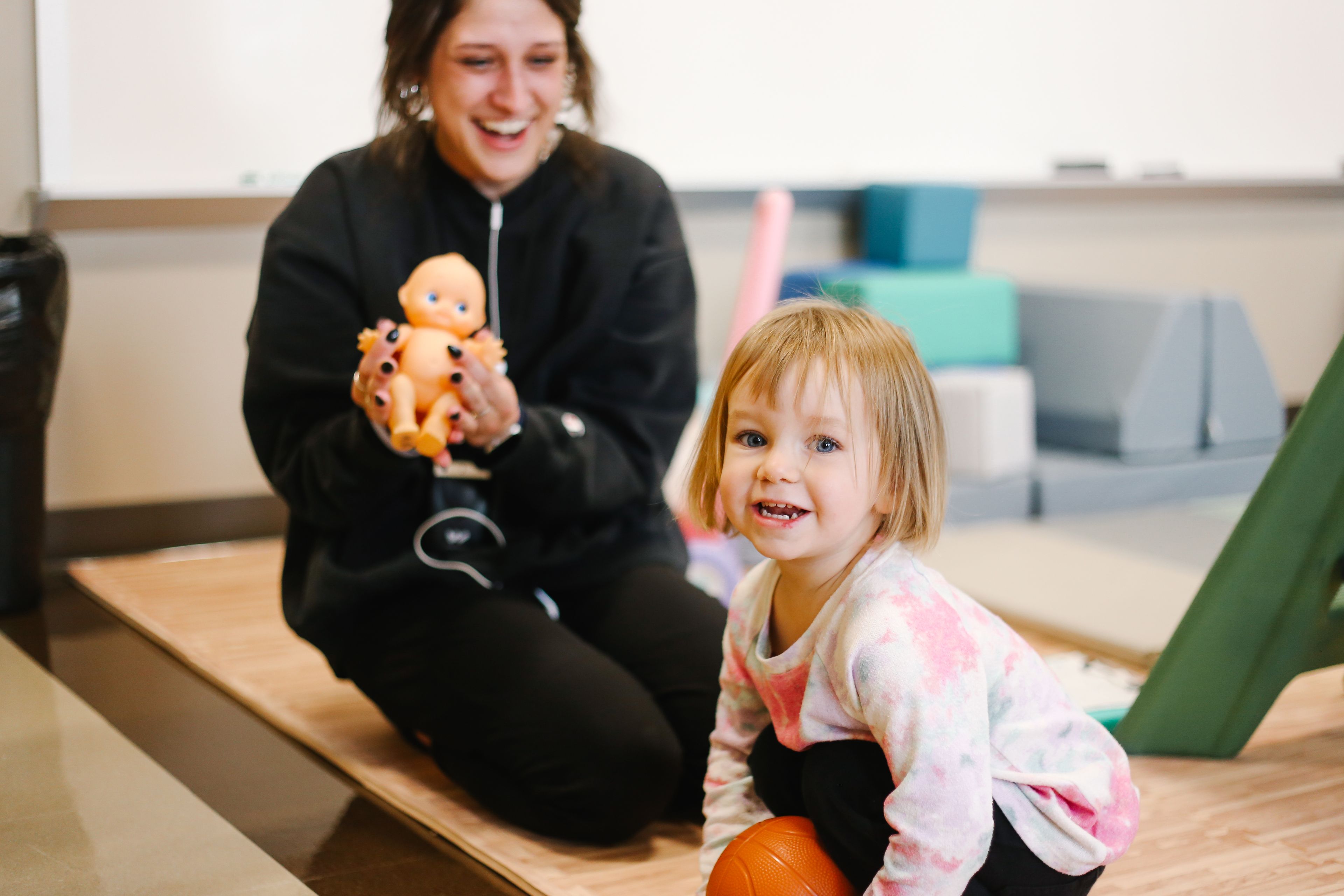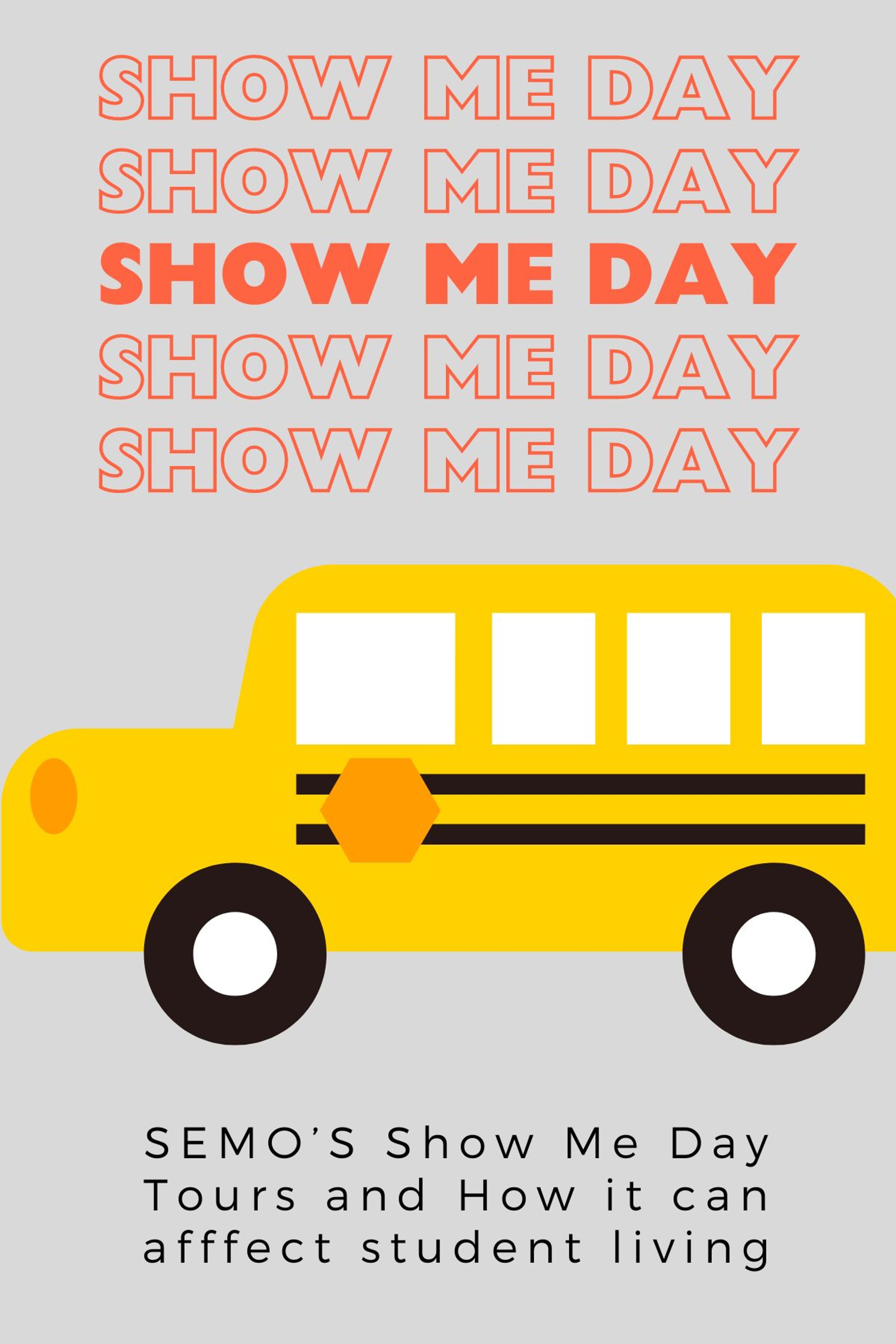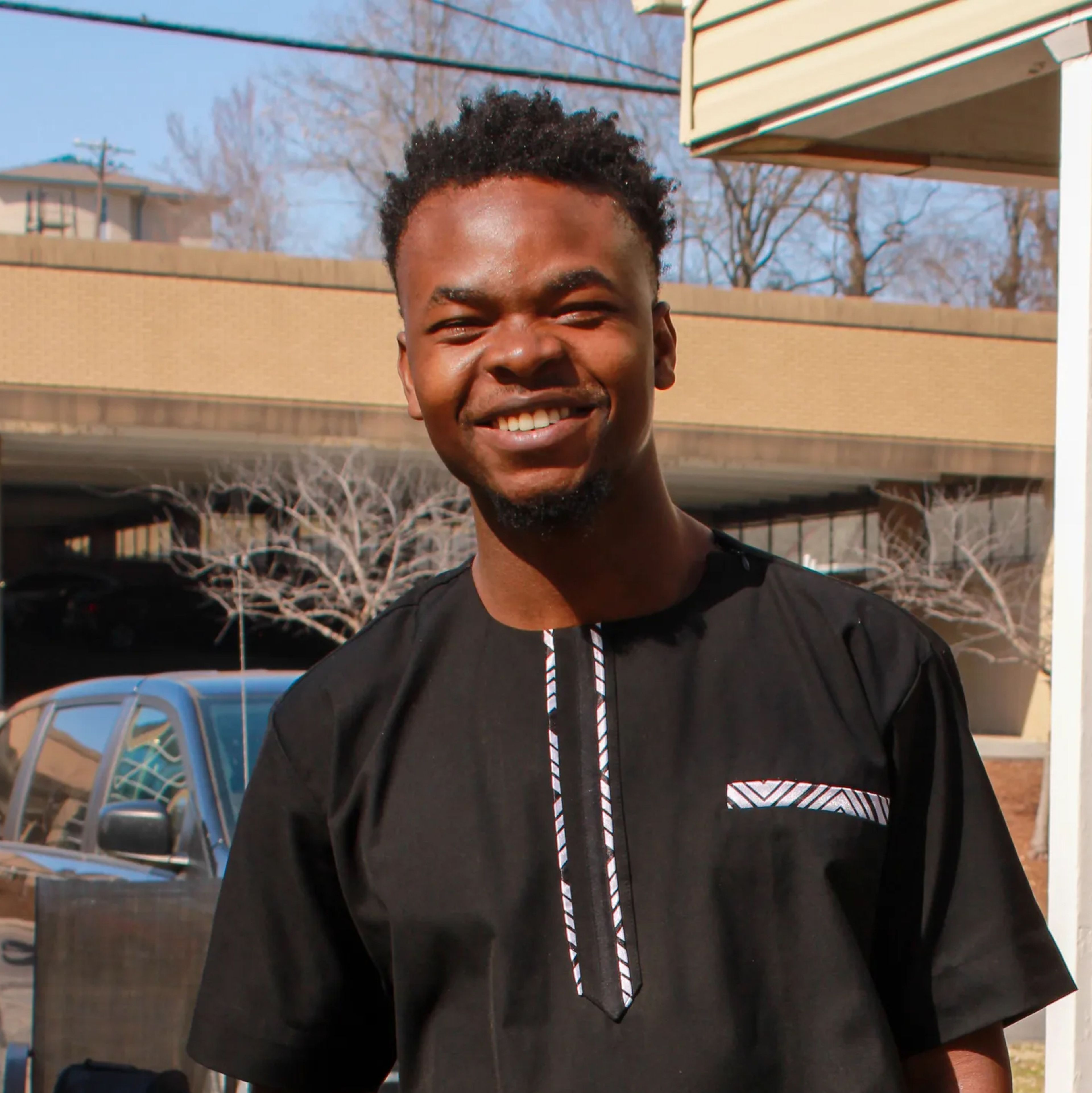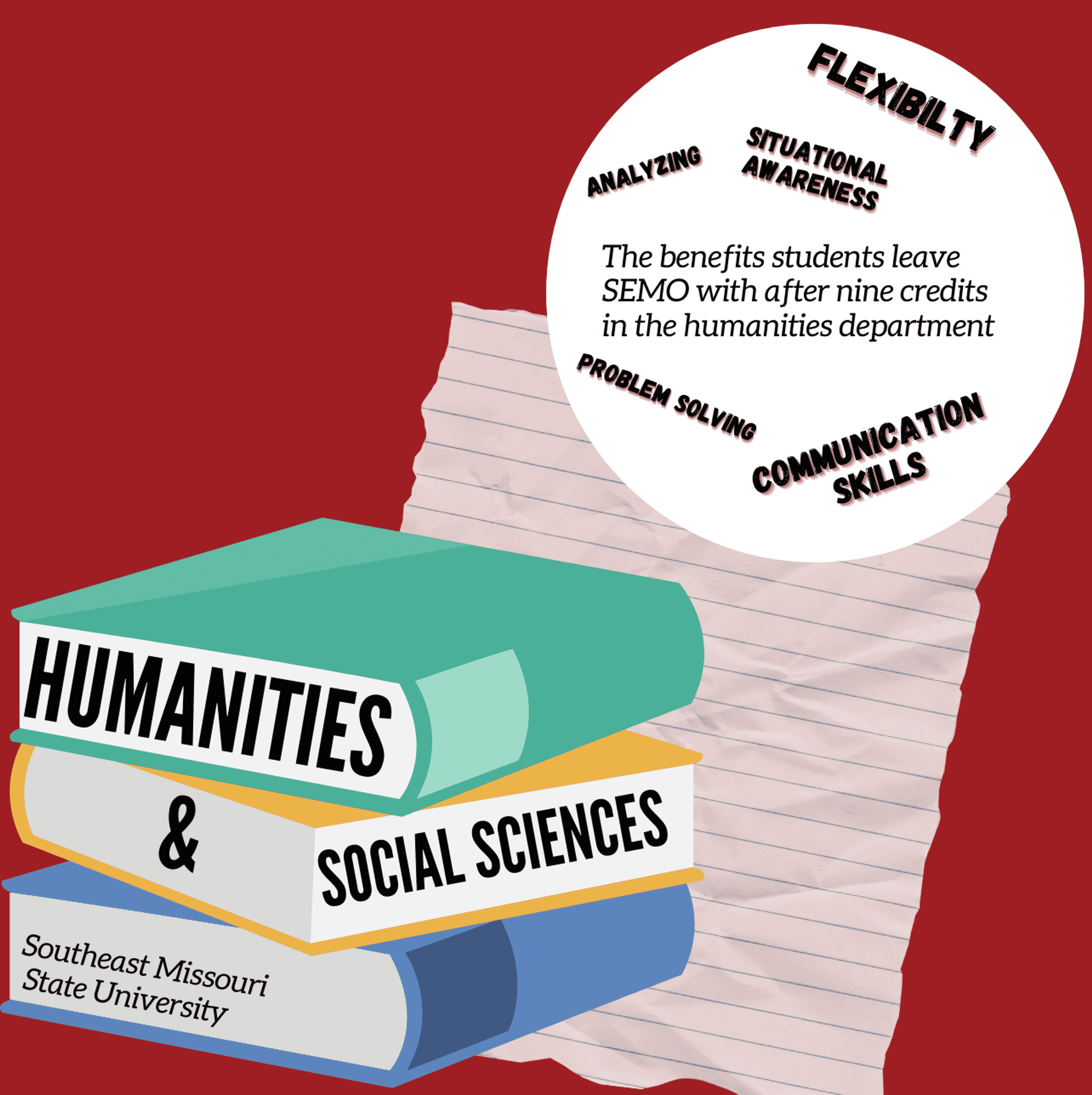Influencing Down The Road; Picasso’s Reach
Art is not made in a vacuum. Those six words sum the entirety of artistic experience, as far as influence is concerned. “Whether you know it or not, something influences you while you make art,” said Joni Hand, this week’s “Historic Talk Tuesday” speaker...
Art is not made in a vacuum.
Those six words sum the entirety of artistic experience, as far as influence is concerned. “Whether you know it or not, something influences you while you make art,” said Joni Hand, this week’s “Historic Talk Tuesday” speaker.
Hand is an associate professor in art history at Southeast. Though the basis of her study and research is in medieval manuscripts and female patronage, she says fher students inspired her to speak on Pablo Picasso’s cubist movement and later influence Tuesday evening in Crisp Museum.
Picasso, a Spanish artist who was painting sculptures as a 15-year-old, originally was a very “academic artist,” Hand said, noting he first learned from his father. After two major deaths in his life and relocations before the age of 20, Picasso’s styles began to change.
During the beginning of her lecture, Hand explained that during Picasso’s tragedy-inspired “Blue Period” from 1901 to 1904, in which blue palettes were exclusively painted, he painted images of himself and others in his life going through crisis and strife. After that period, he went on to his “Harlequin Period” (1904-1906), and then an “African Period” that prefaced his “Cubist Period,” which was the larger focus of the discussion.
It was during the two periods of African inspiration and Cubism when Picasso made some of the connections that would elevate him to higher rungs in the art world.
He met Gertrude Stein during this time. He painted her portrait 80 times before finally painting the face from memory and creating his first signs of “Cubism.”
During this time Hand said Picasso also met the legendary artist Henri Matisse, who quickly became one of his rivals, and Georges Braque, whom he would go on to create “Cubism” with.
Together Picasso and Braque searched for a way to “not just facit the figure, but to bring life to it and give it a truer nature of the world,” Hand said. She also said it is not uncommon to find the two collaborating on pieces, “Much to the dismay of art historians,” Hand said.
As Hand went further into the talk, she began to explore how “Cubism” expanded and eventually derived “Futurism” in Italy.
With a much more traditional artistic climate in southern Europe, “Futurism” became extremely political, something Picasso refrained from until later in his career. “Futurist” art made more violent points using “Cubism,” and its artists felt the call to focus on making masterpieces, Hand said.
Hand said Picasso’s influence had gone somewhat radical and it became obvious his influence throughout Europe in a short time.
Hand said after the “Futurism” movement in Italy, Russia was the next to adopt undertones from the now world-renowned painter. “Futurism” focused on the future, never looking back, and creating new masterpieces, but “Suprematism” in Russia and other parts of eastern Europe, focused on optics, scientific ideas and breaking down the body. Hand said the latter was one of Picasso and Braque’s focuses – the deconstruction of form.
“Out of ‘Suprematism’ came the first graphic designs,” Hand said.
Today “Cubism” can be found in many styles, one of which is “Modern Contemporary Cubism,” for which Hand displayed two images. One was of the Joker from Batman, and the other was Spongebob Squarepants. She said while the two are visually separated from their original influence, they still reflect it.
Hand said that might show the relevance Picasso has to art as a whole, but it does not bode well for the lifecycle of “Cubism” itself.
“Once you get this far removed from the original, I don’t think it can sustain itself. Every style has it’s time,” Hand said.






